Rossella Lorenzi / Photos : Francesco d’Andria
Source - http://news.discovery.com/history/archaeology/hells-gate-130329-pictures.htm
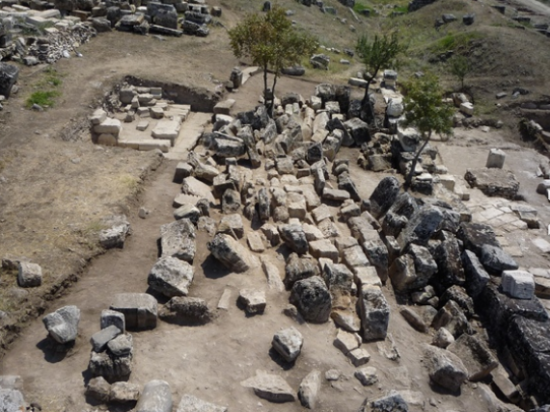
Known as Pluto's Gate -- Ploutonion in Greek, Plutonium in Latin -- the long sought cave was found by Italian archaeologists in the ancient Phrygian city of Hierapolis, now called Pamukkale.
Featuring a vast array of abandoned broken ruins, possibly the result of earthquakes, the site revealed more ruins once it was excavated.
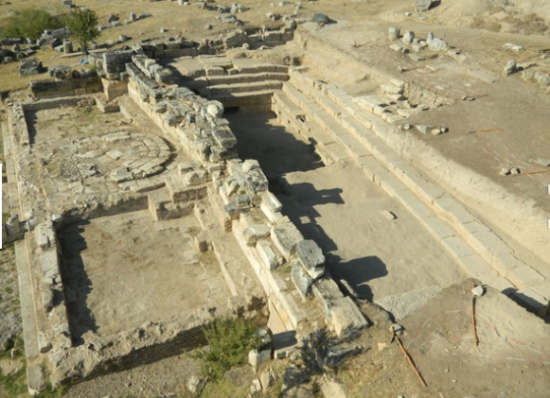
The archaeologists found the remains of a temple, a pool and a series of steps placed above the cave -- all matching the descriptions of the site in ancient sources.
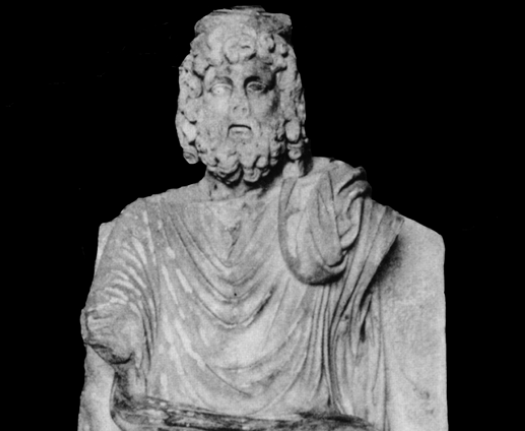
The archaeologists believe that a colossal statue found at the site, previously believed to depict the god Apollo, is instead showing Hades, the ancient Greek god of the underworld
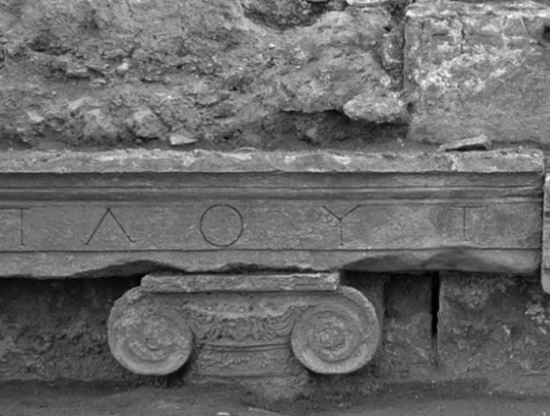
The archaeologists found Ionic semi-columns and, on top of them, an inscription with a dedication to the deities of the underworld -- Pluto and Kore.
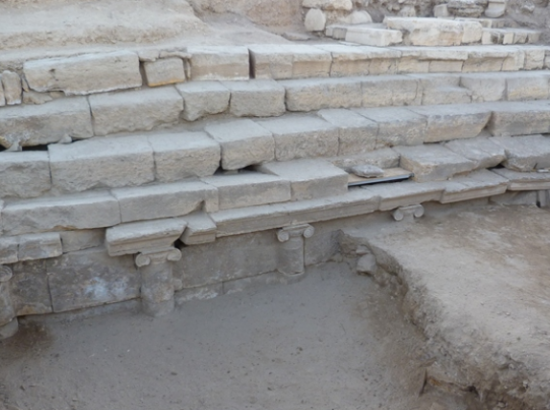
From these steps people watched the sacred rites. Priests standing in front of the portal sacrificed bulls while small birds were given to pilgrims to try the deadly effects of the opening.
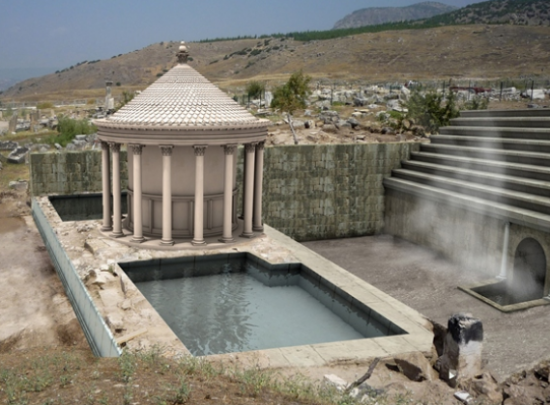
This digital reconstruction of the Plutonium shows the entire site.
Pilgrims watched the sacred rites on the steps, took the waters in the pool, slept not too far from the cave and received visions and prophecies, in a sort of oracle of Delphi effect.
During the 6th century AD, the Plutonium was obliterated by the Christians. Earthquakes may have then completed the demolition work.
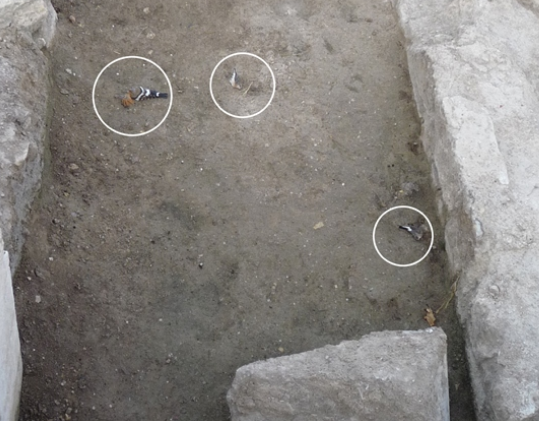
The archaeologists could see the cave's lethal properties during the excavation. Several birds died as they tried to get close to the warm opening, instantly killed by the carbon dioxide flumes.